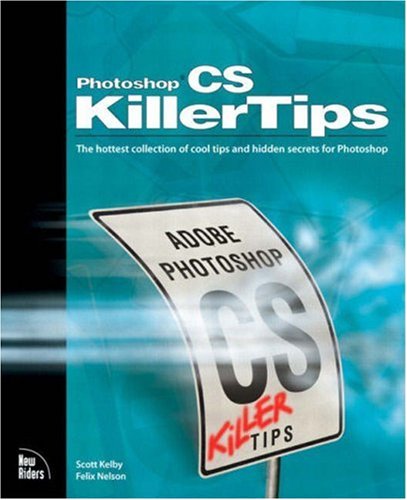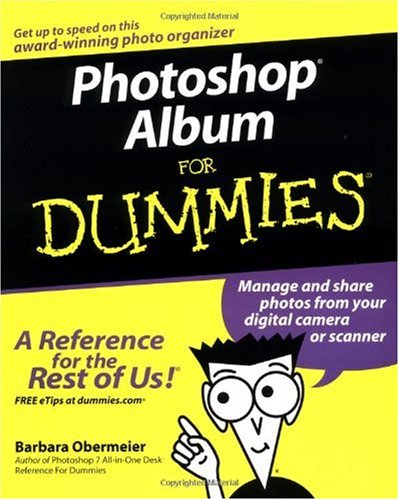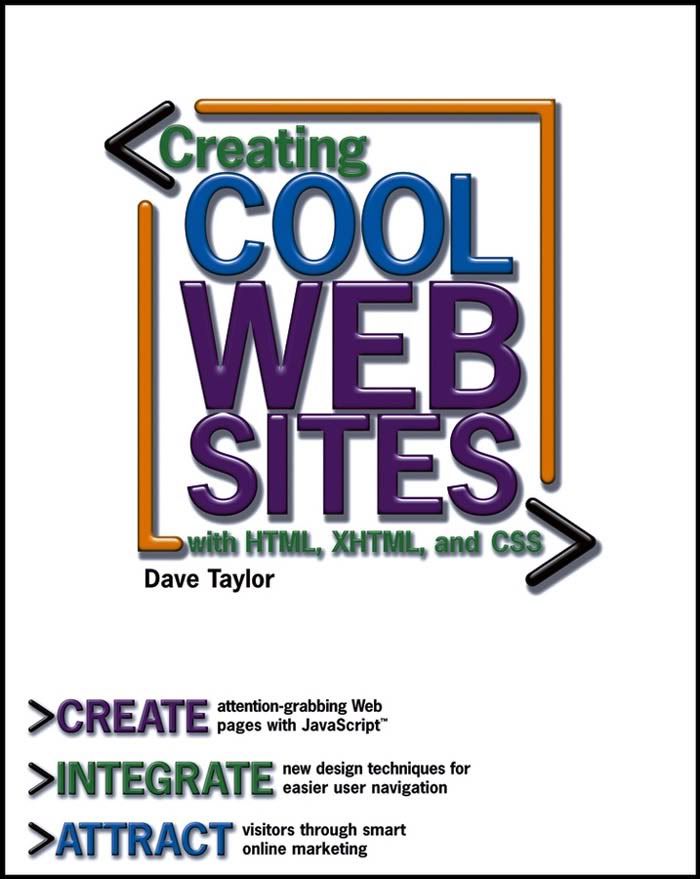
The Executive MBA for Engineers and ScientistsJames J. Farley | CRC 2009 | ISBN: 1439800995 | 287 pages | PDF | 3.44 MB
Description
All too often, a simple lack of understanding of fundamental business concepts is enough to prevent capable scientists and engineers from receiving otherwise deserved promotions. These days, technical merit and hard work alone no longer guarantee upward mobility. For scientists and engineers with aspirations of moving up the corporate ladder a keen grasp of business basics is a must.
Presenting concepts in a manner that is easily accessible, The Executive MBA for Engineers and Scientists covers the business principles and applications that today’s technical managers need to know. The book touches upon all the essentials, including marketing, sales, finance, manufacturing, and accounting. It details technical considerations including quality control, technical services, and R & D and highlights how to effectively integrate business concepts with technical considerations. Examples based on the author’s experience working in the pharmaceutical industry and with the Food and Drug Administration illustrate how similar situations can occur in other industries and explain how to solve the problems using the same techniques.
This easy-reading reference not only facilitates the understanding required of today’s technical professional but also pres a time-saving reference for business men and women on the move upward in sales, marketing, and manufacturing who need to expand their knowledge of technical functions. From break-even analysis to technical quality control, this practical guide arms you with the business savvy required to walk into your next meeting with confidence and walk out with an increased sense of accomplishment.
Table of Contents
Part I The ElementsChapter 1 Business: An Overview
Chapter 2 Marketing
Chapter 3 Sales
Chapter 4 Finance
Chapter 5 Break-Even Analysis
Chapter 6 Statistics: A Little Bit, Simply Explained
Chapter 7 Graphs, Charts, and Equations
Chapter 8 Manufacturing
Chapter 9 Accounting
Part II Elements of The Technical AreaChapter 10 Technical Function: Overview
Chapter 11 Quality Control
Chapter 12 Technical Service
Chapter 13 Research and Development
Part III Integrating Business and Technical Are as for ProfitChapter 14 The Corporation as a Unit: An Overview
Chapter 15 Business and Technical Relationships: Symbi os is to Ma x imi z e Profits
Chapter 16 People Skills: How to Get Along with Others (The Mos t Important Chap ter in This Book)
Chapter 17 Current Concepts, Trends, and Tools
Part IV Planning AheadChapter 18 Your Career
Chapter 19 Starting Your Own Business
Chapter 20 … And A Little Bit More
Index
Chapter 2 Marketing
Chapter 3 Sales
Chapter 4 Finance
Chapter 5 Break-Even Analysis
Chapter 6 Statistics: A Little Bit, Simply Explained
Chapter 7 Graphs, Charts, and Equations
Chapter 8 Manufacturing
Chapter 9 Accounting
Part II Elements of The Technical AreaChapter 10 Technical Function: Overview
Chapter 11 Quality Control
Chapter 12 Technical Service
Chapter 13 Research and Development
Part III Integrating Business and Technical Are as for ProfitChapter 14 The Corporation as a Unit: An Overview
Chapter 15 Business and Technical Relationships: Symbi os is to Ma x imi z e Profits
Chapter 16 People Skills: How to Get Along with Others (The Mos t Important Chap ter in This Book)
Chapter 17 Current Concepts, Trends, and Tools
Part IV Planning AheadChapter 18 Your Career
Chapter 19 Starting Your Own Business
Chapter 20 … And A Little Bit More
Index









